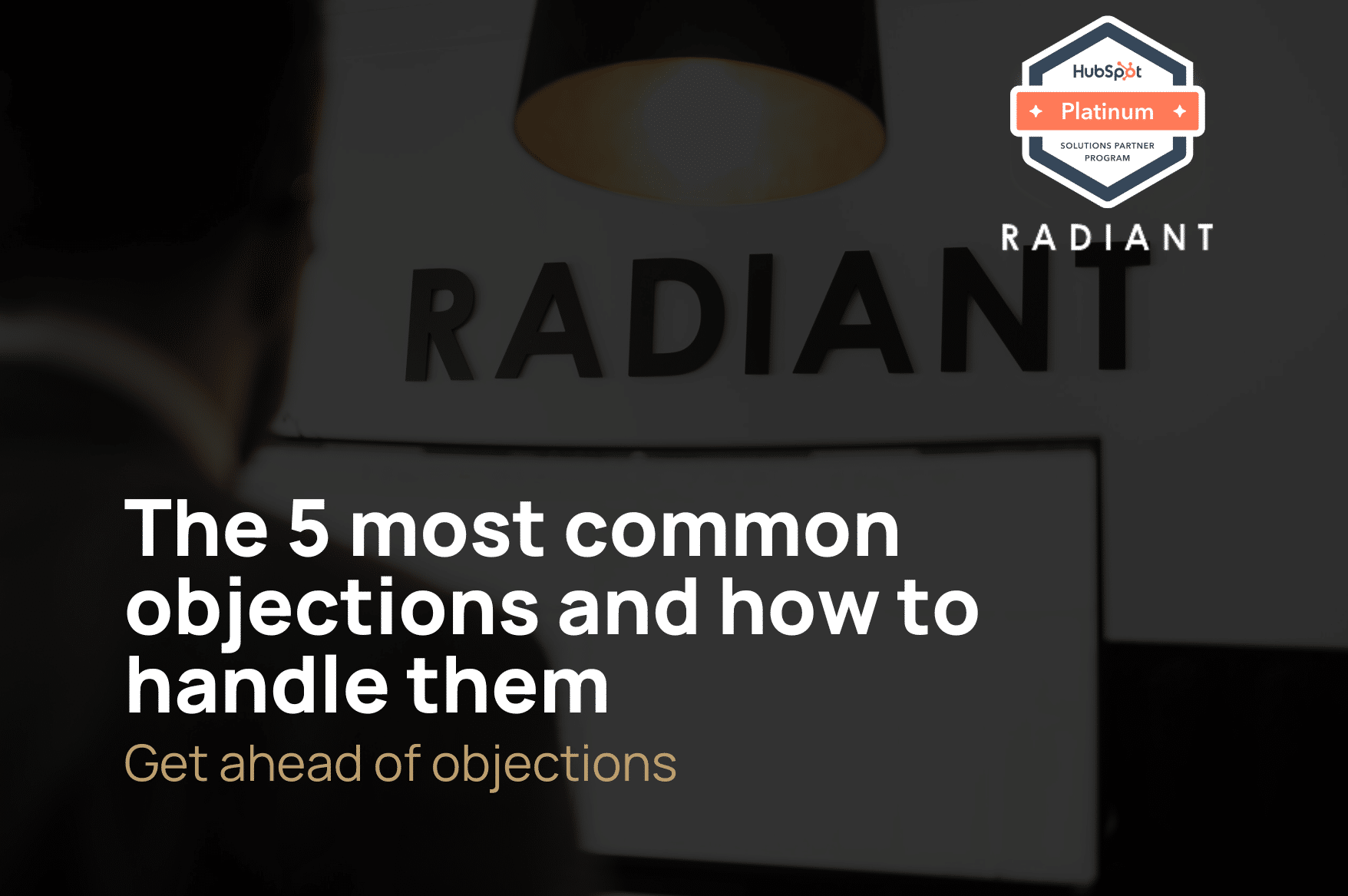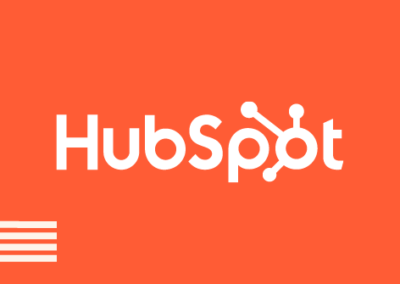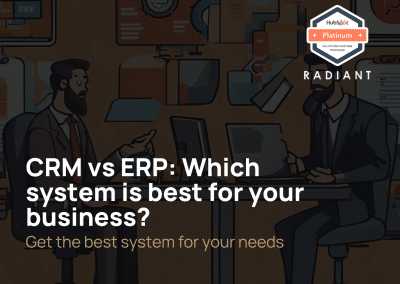How to handle objections to sales? Objections are common when a salesperson reaches out to leads and offers their product and/or service. But with the right objection handling , you can overcome them. In this article, we’ll take a closer look at the 5 most common objections and give you tips on how to deal with them effectively.
What are sales objections and why do they occur?
Objections are resistance or concerns that potential customers may have about purchasing a product or service. Objections arise when there are concerns or resistance to the purchase and implementation of new products or services. It’s important to accept and respond to these objections to ensure a long-term relationship with the potential customer.
Some issues that can typically trigger objections include cost, complexity of the system, the solution not meeting the right need, or poor timing of the implementation.
By having clear answers to these concerns, you can effectively address objections, reduce decision-makers uncertainty about implementing your new service and/or product and convince stakeholders of the value of your solution.
Why it’s important to handle objections correctly
It’s important to address and handle objections correctly when talking to a customer to optimize the possibility of a sale and the sales process going forward. There are many reasons for this:
- Objections are an opportunity to understand customer concerns and needs.
- By responding to objections in a professional manner, you can build trust and strengthen relationships with your customers.
Benefits of listening and responding to customer objections:
- The customer will feel heard and respected, which can increase loyalty.
- You will have the opportunity to present solutions or arguments that can convince the customer of the value of your product or service.
Without proper objection handling, you risk customers losing trust in your pitch and choosing a competitor’s solution instead. In the worst-case scenario, failure to handle objections can also lead to bad publicity and damage your company’s reputation.
The 5 most common objections
Objections are a common part of sales – here are the five most common objections and how to deal with them:
1. Doubts about the value of the solution
Some employees may be sceptical about the need for your solution or product and believe it won’t directly benefit their work. To address this objection, it’s important to demonstrate the tangible benefits of your solution or product.
2. price-related concerns
Another common objection is the cost of implementing your solution or product. It’s crucial to present a clear ROI (return on investment) analysis or why your product is better than the customer’s current solution.
3. Collaboration challenges
When introducing a new system, there may be resistance or concern among employees due to a possible change in their processes or fear of losing control over data. Communicating and involving employees from start to finish can help alleviate these concerns and is an important part of the sales process.
4. Uncertainty-related questions
Some decision-makers may have doubts about the security and privacy of your solution or product – for example, they may be unsure if you’re doing what you say you’re doing. Addressing these questions clearly through references or use cases can help alleviate concerns.
5. Time challenges
Implementing a new system or product can be a time-consuming task, which creates resistance from some decision-makers. For example, by presenting a detailed implementation/onboarding plan with realistic timeframes and the possibility of incremental updates, you can show that the process will be clear and efficient for the customer.
Dealing with these objections requires clear communication about the benefits of your service or product and the ability to address specific concerns individually. By addressing these challenges proactively, you’ll be better equipped to close the sale.
Download the most used sales pitch among 1,000 CSOs and sales reps.
Tips: How to handle objections
As part of your company’s sales strategy, make sure you prepare for your potential customers’ objections. Here’s what you can do:
- Listen to the objections: Show interest and respect for the prospect’s concerns by listening carefully to their objections without interruption or defence.
- Formulate answers in advance: Take the time to research the most common objections that may arise and formulate clear and convincing answers in advance.
Listen to the objections
Active listening without interrupting the customer is crucial to successfully handling objections. By giving the customer space to express their concerns and views, you show respect and openness.
Ask probing questions to gain a clearer understanding of the customer’s perspective. This will help you better address their specific needs and concerns.
Whether or not you already know the answer, show empathy and respect for the customer’s concerns by acknowledging their experience and showing that you take them seriously. It also signals that they’re not ‘just’ another potential customer for you and that you’re actually trying to help them.
How to formulate responses to objections
When preparing for sales objections, it’s a good idea to formulate clear and convincing responses in advance. Identifying potential objections based on experience and market trends can help you be proactive in your approach and strengthen your ability to handle objections effectively.
Be honest but positive in your answers:
- Acknowledge customer concerns and respond to them with a positive approach.
- Be honest about the challenges of your product, but also focus on the positive results it can create.
Offer concrete solutions or alternatives to address the concerns:
- Identify specific issues and concerns and make clear suggestions to address them.
- Discuss alternative options or flexible customizations based on your business needs.
Use case studies or references from similar companies to support your arguments:
- Share examples from other companies that have had success with your product/service.
- Use statistics or research to strengthen your arguments and convince the decision-maker of the value of your solution.
The importance of handling objections cannot be underestimated. This is essential for building a trusting relationship with customers and increasing the success rate in the sales process. By actively listening to customer concerns and finding solutions, you demonstrate your expertise and build credibility. So make sure you have a strategy in place to effectively handle objections and maximize your sales results.
Read more about our article about sales training to train your salespeople in objections
Optimize your sales process with Radiant
Radiant has implemented successful sales processes for more than 100 companies both strategically, practically and through a CRM system. The experience and the 15,000+ sales data touchpoints Radiant has collected form patterns and show what works and what doesn’t.
Improving sales efficiency through the CRM system:
The salesperson’s best friend is an optimized CRM system that can significantly improve your sales efficiency. By implementing a HubSpot CRM, you can streamline and automate your sales processes, resulting in increased productivity and better customer experiences. You can gather relevant customer data, past conversations, previous emails and ads they’ve interacted with in one place to identify what interests them.
We offer this through HubSpot implementation or Sales as a Service.
Maximize ROI with help from Radiant:
The investment in a CRM system like HubSpot should not be seen as an additional expense, but rather as an investment with the potential for a high ROI (return on investment). Imagine you’ve invested in marketing, sales and customer service, but nothing to tie it all together and create synergy between the different solutions.
Are you sure the data from marketing is being used by sales and customer service? Far from most companies can answer yes to this question. There is often too much data, and they typically lack the necessary resources and a unified platform to keep track of it all. HubSpot as a Service helps maximize your ROI on current investments and ensures that your sales process runs optimally through HubSpot, automating manual work and smart segmentation of your potential customers. This way, you can ensure relevance when approaching potential customers – and reduce the likelihood of sales objections.




